SUMMARY
This is AI generated summarization, which may have errors. For context, always refer to the full article.
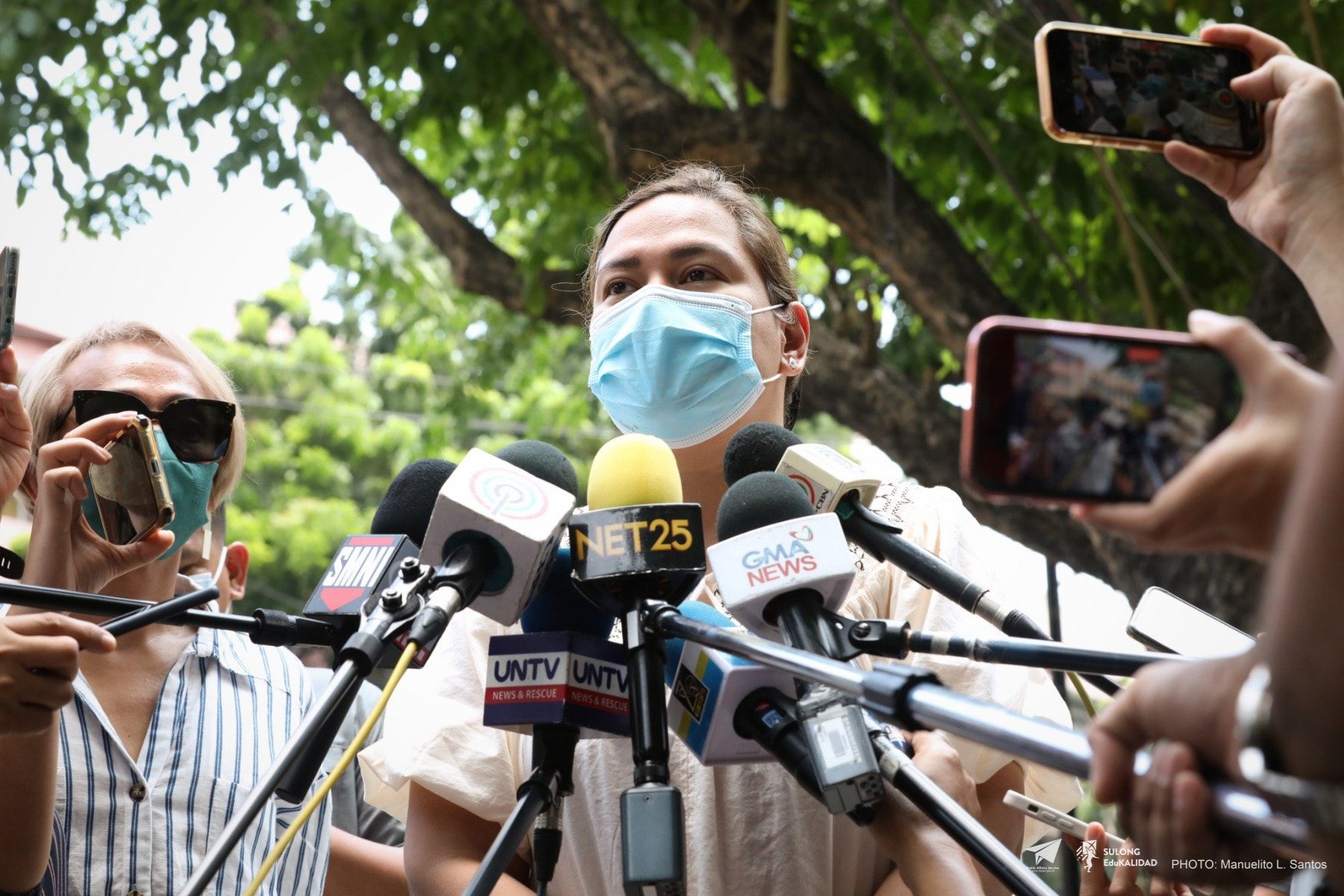

MANILA, Philippines – In her first order as concurrent education secretary, Vice President Sara Duterte issued a strong order of mandating all schools in the country to return to face-to-face classes beginning November 2.
There were no preconditions set for the return of students to the traditional mode of learning. They do not need to be vaccinated against the deadly virus that has so far infected over 3.7 million and killed 60,000 individuals in the Philippines.
“There should be no segregation, no discrimination for the unvaccinated learners because vaccination is not mandatory and we don’t see any problem with co-mingling of students inside classroom. Because when outside, in their respective houses, in malls, in churches, and in public transportation, students are co-mingling whether vaccinated or not,” Duterte told reporters in an ambush interview on Thursday, July 14, in a mix of English and Filipino.

While the Philippines’ vaccination coverage reached over 60% of its 110-million population, only 9.6 million adolescents along with 3.7 million children have already been fully vaccinated against COVID-19. There were some 28 million basic education students enrolled in the recently concluded school year 2021 to 2022.
Aside from a no-vaccination requirement, there was also no class size set for each classroom. Duterte said that physical distancing will be implemented “whenever possible.”
“Hindi po kami naglagay ng exact size ng class dahil iba-iba po ‘yung situation ng lahat ng mga schools natin. There are no schools na pare-pareho sila exactly sa kanilang classrooms and sa kanilang teacher,” she said.
(We didn’t put the exact class size because every school is different. There are no the same schools in terms of classroom facility and number of teachers.)
Classroom shortages have been a problem even before the pandemic. A class of 50 to 60 students were packed into one classroom supposedly meant for a class of only 40. To make up for the lack of classrooms, class shifting had been implemented to accommodate enrollees every year. (READ: Classroom shortages greet teachers, students in opening of classes)
Though physical distancing will not enforced, Duterte said that the government would build more classrooms to address overcrowded classrooms. Asked how many classrooms they are targetting to build, Duterte said her office would look into it and release the data to the media later.
“Overpopulation naman is a matter of classroom construction. There is a backlog of classroom construction and gumagawa kami ngayon ng department order na, magstre-streamline ng requests ng construction ng classroom para naiiwasan natin ‘yung paglalagay ng projects na unimplementable (we’re drafting a department order that would streamline requests for classroom construction so we could prevent unimplementable projects),” the Vice President said.
Exemption from attending in-person classes can be given to “unwell” students or those diagnosed with COVID-19. “If the learner feels unwell, the learner can do blended mode of delivery,” Duterte said.
Now is the time
Duterte said that it was high time to resume to in-person classes because COVID-19 vaccines are already widely available. In February, the government began vaccinating kids aged 5 to 11.
“So wala na po tayong hihintayin (we’re not waiting for anything) with regard to this pandemic dahil ang sinabi po ng mga public health experts noon (because what public health experts said before was), ‘we need a vaccine.’ The vaccine is already here. Ang sabi po nila (They said), ‘we need the medicince.’ The medicine is already here,” she added.
Over two years into the pandemic, the Philippines is among the few countries in the world where schools have not fully opened for in-person classes. As of April 22, there were about 25,786 schools holding in-person classes.
There are an estimated 60,000 public and private schools in the country.
There have been studies that showed students are “learning less” under the distance learning setup. Experts and lawmakers were alarmed by the learning losses brought by the pandemic.
Data from the World Bank said that the Philippines’ learning-adjusted years of school (LAYS) would be pushed back from 7.5 years pre-pandemic to 5.9 to 6.5 years, depending on the length of further school closures and the effectiveness of the remote learning setup.
This means that while the Philippine basic education system offers 12 years of instruction, Filipino students show proficiency equivalent to only around six years spent in school.

While it is high time for the Philippine schools to return to face-to-face classes, Duterte’s order drew criticism for supposedly lack of health protocols in place.
But for the Vice President, Filipinos are more than prepared now since it has been over two years since the pandemic began.
“Kung makita ninyo ang difference sa ngayon is that mas madali na po and accepted na sa mga tao na magsuot ng mask. And alam na po nila ‘yung basic health protocols. Memorize na po natin lahat dahil two years po inulit ulit sa atin ang mga basic health protocols,” she said. (READ: Young students tend to take off masks in face-to-face classes – DepEd)
(The difference now is that it’s easier now for Filipinos to live through the pandemic, they already accepted the mandatory wearing of face mask. They already know the basic health protocols. They already memorized these protocols because the government has been stressing its importance for two years.) – Rappler.com
Add a comment
How does this make you feel?


![[Time Trowel] Evolution and the sneakiness of COVID](https://www.rappler.com/tachyon/2024/02/tl-evolution-covid.jpg?resize=257%2C257&crop=455px%2C0px%2C1080px%2C1080px)


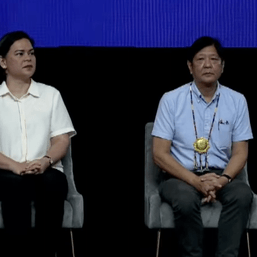
![[The Slingshot] Red zipper on the mouth of Sara Duterte](https://www.rappler.com/tachyon/2024/04/TL-red-zipper-sara-duterte-april-12-2024.jpg?resize=257%2C257&crop=335px%2C0px%2C720px%2C720px)
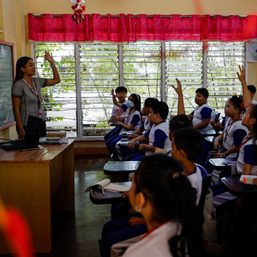
![[OPINION] How about setting up a heat health warning system in PH schools?](https://www.rappler.com/tachyon/2024/04/heat-health-warning-system-in-PH-schools.jpg?resize=257%2C257&crop_strategy=attention)

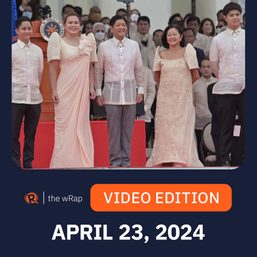

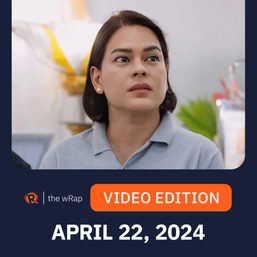
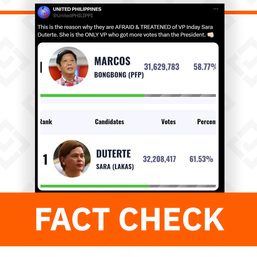
There are no comments yet. Add your comment to start the conversation.